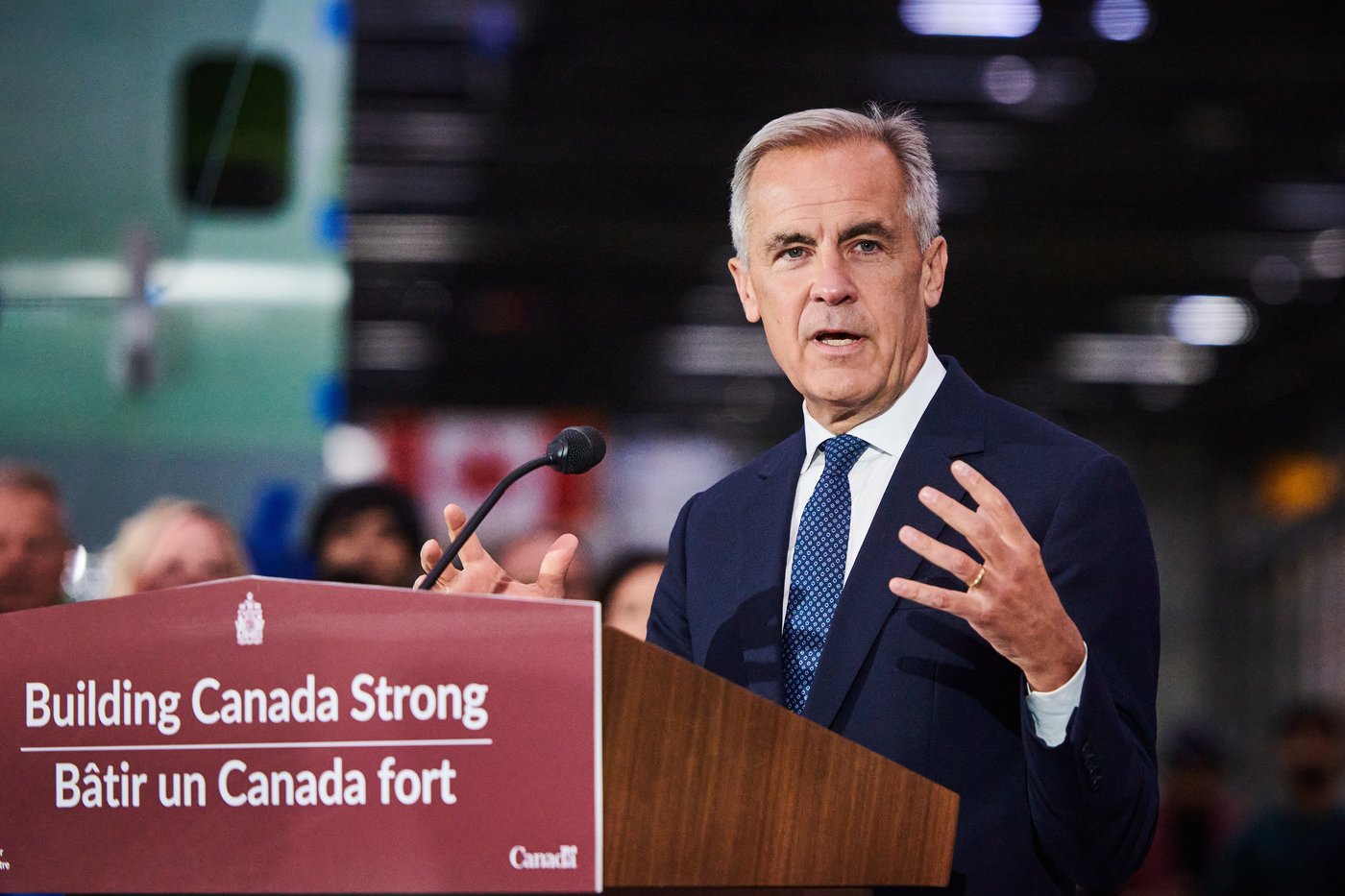Worker injuries, safety orders reveal human impact of Edmonton LRT project

Injuries to workers — and more than two dozen workplace safety orders — reveal another side of the story behind Edmonton’s long-delayed $1.8-billion Valley Line Southeast.
Two experts say safety statistics from provincial authorities and TransEd, the consortium responsible for building the line, are concerning.
But many questions remain. TransEd refused to make someone available for an interview and instead provided written responses. The company declined to answer many of CBC Edmonton’s questions about the project’s safety record.
Statistics on worker injuries collected by the province’s Workers’ Compensation Board and listed on the Occupational Health and Safety employer database show that TransEd’s direct employees had a higher rate of injuries than both industry and provincial averages.
“Overall, their record is poor,” says Bob Barnetson, a labour relations professor at Athabasca University who reviewed the publicly available OHS data and safety order, as well as information provided by TransEd to CBC.
Featured VideoStatistics from Alberta Occupational Health and Safety show that TransEd’s direct employees had higher rate of injuries than both industry and provincial averages. Safety experts interviewed by CBC say that is concerning.
TransEd says its direct employees only account for about one-quarter of the overall project’s workers. The remainder of the workforce includes workers employed by subcontractors rather than by TransEd.
High injury rate for TransEd workers
Between 2017 and 2019, the disabling injury rate for TransEd workers was more than two times higher than both the rates for the province as a whole and its industry category of “mobile equipment operation.”
In 2020, TransEd’s injury rate spiked to 5.2 times the industry average and 4.6 times the provincial average.
WCB defines a disabling injury as an occupational injury or disease that causes a worker to lose time from work or requires a modification of their regular duties. The disabling injury rate is calculated by dividing the number of disabling injuries by the number of person-years worked.
The injury figures are collected by WCB and published in the database by OHS, which falls under the ministry of Jobs, Economy and Trade.
In response to a request for TransEd’s figures for 2021 and 2022, a ministry spokesperson said the entire database would be updated by the end of 2023. WCB said it could not disclose injury statistics for a specific employer.
Christopher Coles, an expert in workplace safety and risk management, noted that in 2020 TransEd recorded 59 disabling injuries, according to the OHS data.
“You could say we only have insights into a portion of the work,” says Coles, director of the Lynch School of Engineering Safety and Risk Management at the University of Alberta.
“In terms of disabling injuries, you can’t take away from the fact that more than a person a week was hurt in 2020, 41 people were hurt in 2019.”
Lack of transparency ‘concerning’
TransEd spokesperson Dallas Lindskoog gave written responses to CBC’s questions by email.
“Internal records, which I am not prepared to share, indicate that TransEd partner companies and all the subcontractors that work for them … exceed OHS averages and industry norms,” wrote Lindskoog.
He did not answer a request for clarification on whether he was claiming that the injury rate for the overall project was lower than provincial or industry averages. He also did not address questions about the company’s injury rate but said TransEd did not dispute the OHS figures.
Lindskoog said TransEd had provided the city with project-wide safety data in accordance with its contractual obligations. The city did not answer questions about that data.
TransEd later reversed its position and gave CBC News a limited number of its internal statistics.
In a statement, the company said it did not use the same metrics as WCB and OHS. Instead, TransEd tracked the total recordable incident rates and lost-time incident rates. Barnetson and Coles say those statistics are not directly comparable.
TransEd also provided other statistics to CBC, including the number of near-miss incidents, medical treatment cases and public safety incidents. However, when CBC News asked several questions seeking clarity about the numbers, including the definitions for those statistical categories, TransEd responded: “Thank you for your continued interest in the Valley Line project. Information about the project’s safety metrics have already been provided.”
For example, TransEd counted 14 “lost workday” cases to date for all companies involved in the project. However, the OHS database shows 37 lost-time claims for TransEd alone in a span of four years, less than the total length of the project. TransEd declined to provide further clarity on its internal figures.
Coles says the project-wide statistics should be made available for public scrutiny.
“A lack of transparency when it comes to health and safety statistics is concerning,” he says.
CBC submitted written questions about worker injuries to Mayor Amarjeet Sohi. His office provided a general statement that did not address worker safety.
Infrastructure Canada and Alberta’s ministry of Transportation and Economic Corridors each provided statements to CBC News. Both underscored that their roles were limited to providing funding and that ultimate responsibility for the project lay with the City of Edmonton.
The provincial government wrote that it is not involved in day-to-day management of the project and that any issues are between the city and TransEd.
Dozens of issues flagged by OHS
Ward pihêsiwin Coun. Tim Cartmell says that, while TransEd’s injury rate is only one part of the overall project, it’s nevertheless worrisome: “It’s a high number by OH&S’s own stats, so that’s worth reflecting on.”
He says he’s not aware of any “extremely serious” injuries, possibly because councillors weren’t informed.
“Had something very serious happened, though, it certainly falls at the feet of the City of Edmonton to answer those questions,” he says. “There would be no doubt of that.”
Barnetson agrees that while the record for the overall project can’t be known without TransEd’s internal data, the WCB figures published by OHS for TransEd itself are concerning.
“The employer saw dozens and dozens of worker injuries over a long period of time and didn’t seem to change its behaviour,” Barnetson says, adding that the internal statistics were hard to interpret without further information from TransEd.
The OHS database lists 27 orders against TransEd between 2017 and 2022, including some related to confined spaces, emergency preparedness, and investigating incidents of violence and harassment.
One order was later rescinded. All others have been complied with, the database says. Each order includes a date and which regulation it concerns, but otherwise, no details are provided.
Details are known, however, about an instance involving the most serious type of order issued against TransEd.
On Dec. 4, 2017, OHS officers issued a stop-work order for construction on the Quarters tunnel, which runs 400 metres from the river valley near the Tawatinâ Bridge up to 102nd Avenue near 96th Street. Inspectors found there was only one way in and out during construction.
“I would certainly put it in the category of a red flag,” Coles says of the stop-work order.
Six other orders were issued for TransEd on the same date, some seeming to suggest a connection to the tunnel, such as violations related to confined spaces and ventilation.
“Alberta has one of the weakest occupational health and safety systems in Canada in terms of enforcement and penalties,” Barnetson says. “So a company that has failed multiple inspections in Alberta suggests that they are very unsafe.”
At the time, TransEd said it was surprised by the OHS assessment of its safety protocols. A spokesperson said the company was using the standards of “some of the leading tunnellers around the world.” Five weeks later, after new safety measures were introduced, the stop-work order was lifted.
Other OHS orders issued against TransEd include two related to violence and harassment, including requirements to investigate and report such incidents.
Safety, quality, schedule and budget
Coles says safety is one of four critical metrics — along with quality, schedule and budget — in measuring the success of a project.
“Safety is another outcome of initial project planning, and executing that plan once you’re into construction,” he says. “You really have to make extraordinary efforts to build a culture, and it’s relentless. It starts with upfront planning, well before you ever start construction activities.
“You need to have a plan to make sure you’re supporting the right behaviours, enabling people to make the best decisions every day and setting them up for success, so ultimately everybody goes home safe at the end of the day.”
Barnetson adds that the city should consider worker safety more proactively when planning future projects.
“I think the city has inadequately prioritized safety in their tendering and their contracting process,” he says.



